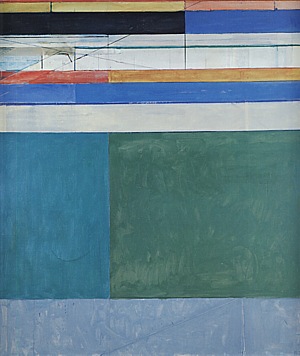
"A Critical, Digital Edition of the Song gaoseng zhuan 宋高僧傳" is a project undertaken by Marcus Bingenheimer, Jen-jou Hung, John Kieschnick and Boyong Zhang. It is funded by the Chiang Ching-kuo Foundation for International Scholarly Exchange.
「宋高僧傳之校勘與數位化版本」專案計畫,是「蔣經國國際學術交流基金會」所贊助之國際合作研究計畫。由洪振洲、馬德偉(Marcus Bingenheimer)、柯嘉豪(John Kieschnick)與張伯雍共同執行。
This critical digital edition 本數位版本特色:
The Song gaoseng zhuan (SGSZ) consists of 531 major and 125 minor biographies and stands in a long tradition of Chinese biographical literature. Its author Zanning (919-1001) was one of the most influential clerics of his time at the court of the Northern Song.
《宋高僧傳》之內容其正傳531人,附見125人,為歷代僧傳的一部份。作者贊寧為宋初最有政治影響力的僧人。
The identification of person names, place names and dates is expressed in XML/TEI markup. In addition to identifying and disambiguating these entities, geo-referencing the places, and providing basic information on the people, another layer of markup was added to record semantically simple events that joins these data. We call this markup construct a ‘nexus-point’ because it represents information in the text which connects people, places, and time. Nexus-points in the SGSZ data set are defined in natural language in the form: An event, recorded in the text, by which two or more marked up entities (one or more person(s), a place, a date) are understood to be related. [Pseudo-schema: (person, person+),place?,time? | person, (place | time)?]. Meaning whereever two or more persons are reported to have met, possible with further information about place or time, or one person is said to have been at a certain place during his life time, we mark this event as a nexus point. The nexus point dataset allows for various vectors of analysis: geographic and temporal developments can be explored as well as social networks.[1]
內文之人名、地名與時間皆以XML/TEI標記起來。除了辨識及釐清人物、地點與時間,本專案用標記將這些「實體」組合成簡單的「事件」,稱之為「關係點」(nexus-point),以其匯集書中的人名、地名與時間於一點而得名。於本專案對「關係點」的定義為:由人+人、人+地、人+時,或人+地+時組成。即文中段落指兩人(或以上)產生互動關係。或地點、時間,指出人物所在時、空位置的實體集合。這些資料集可以據以分析其人物之時、空分布,以及社會網絡[1]。
The dataset of XML files on which interface and analysis is based, is made available under a CC (Attribution - Share Alike) Version 3 license.
所有介面及分析所用之XML檔案、資料集,均可以「創用CC 3.0姓名標示─相同方式分享」形式授權使用。
[1] First steps in this direction have been published as Marcus BINGENHEIMER, Jen-Jou HUNG, Simon WILES: "Social Network Visualization from TEI Data." Literary and Linguistic Computing 26(3), 2011. Doi: 10.1093/llc/fqr020.
